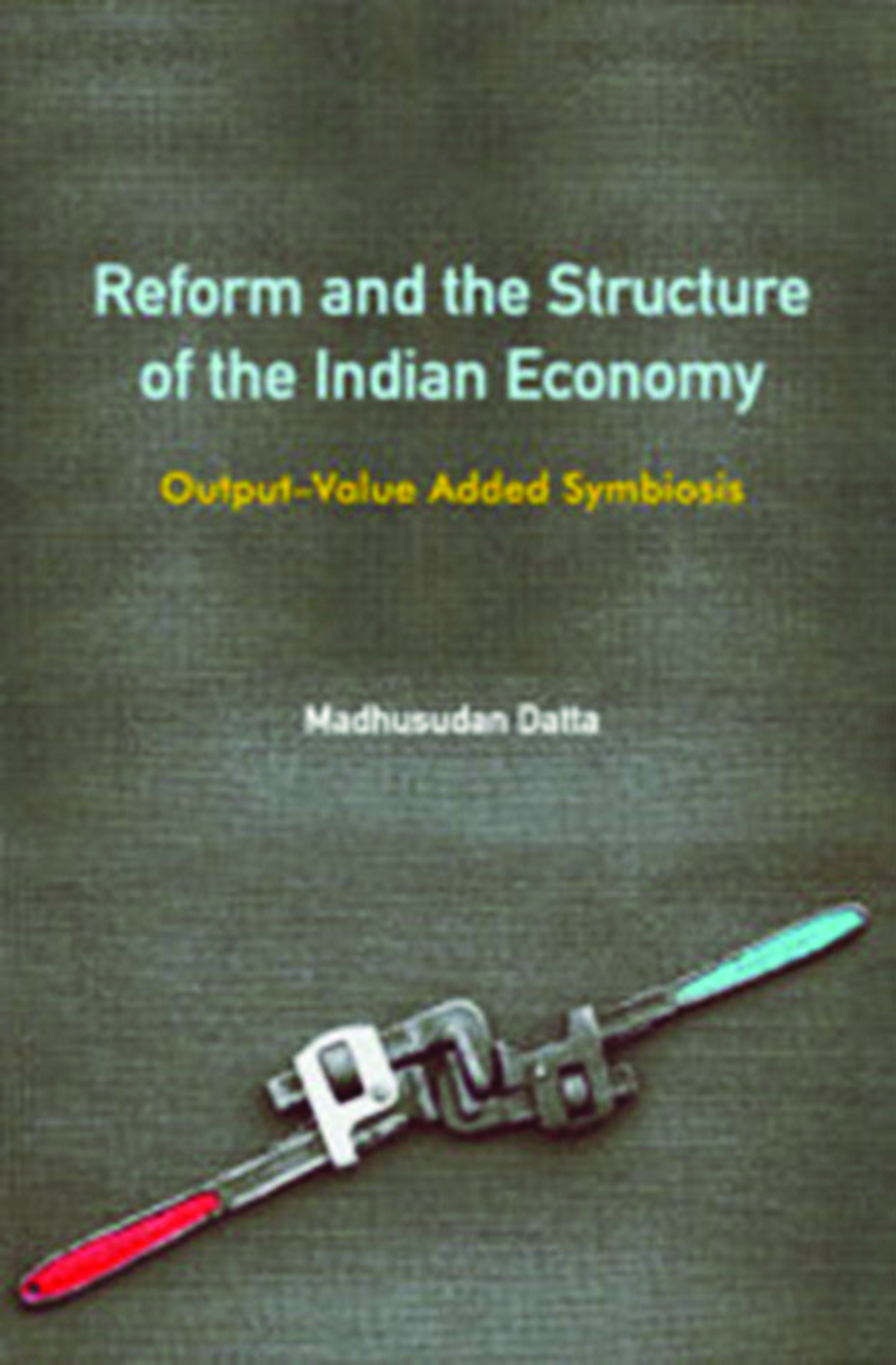The Indian growth story attracted global attention first, on account of the spurt in growth from the 1990s, and second, on account of its deviation from one of the most widely replicated patterns of the evolution of sectoral shares of agriculture, manufacturing and services in the gross domestic product (GDP) over time. This thumb rule, stylized by Kuznets, Chenery and Taylor (KCT), was found to closely fit the evidence gathered from advanced countries and also developing ones outside the socialist bloc, over two whole centuries. In an attempt to reconcile this confounding paradox, Madhusudan Datta offers a somewhat unorthodox but thought-provoking explanation for the disproportionate rise of the service sector relative to manufacturing by rooting it in the larger problem of value-added accounting of sectoral growth.
India transitioned from a slow growing (3.5% pa) to a decent (~5% pa) rate economy in the years prior to 1978-79 before a devastating shock to its savings, foreign exchange reserves and other parameters pulled down GDP growth to -5.2%. Following the liberalizing reforms of 1991 Indian GDP growth picked up pace that has been the subject of many studies.

